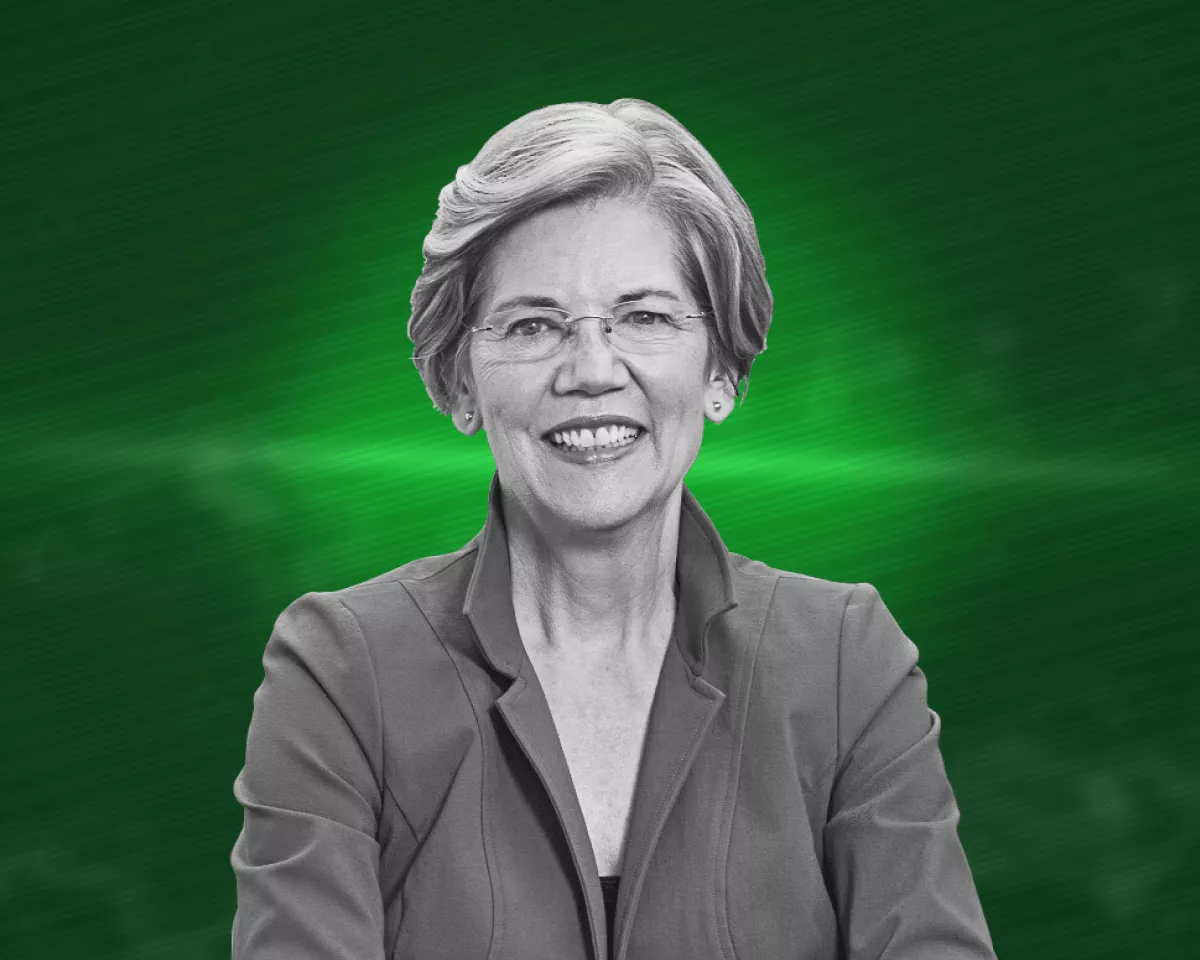Summary The SEC approved 11 Bitcoin Spot ETFs on January 10th, 2024, leading to over $10bn of assets moving away from Grayscale Bitcoin Trust. Grayscale Bitcoin Mini Trust (BTC) ETF emerged as the 6th largest Bitcoin ETF by AUM with the lowest expense ratio of 0.15%. As the market for spot Bitcoin ETFs matures, Grayscale Mini Trust is expected to grow and potentially become the third or fourth-largest Bitcoin ETF by AUM. On January 10th, 2024, the United States Securities and Exchange Commission [SEC] approved the first 11 Bitcoin Spot ETFs for trading. Prior to this date, many institutions were hesitant to create a Spot ETF other than the Grayscale Bitcoin Trust ETF ((BTC)) (GBTC). Ahead of this time, Grayscale dominated the cryptocurrency ETF sector with the expansive 2% expense ratio as they were the only game in town. Grayscale’s products ranged from Ethereum, Chainlink, Bitcoin, Ethereum Classic ETFs, the list goes on, some products publicly traded on the NYSE, while others are privately managed. Since January 10th, the eleven approved spot Bitcoin ETFs have siphoned over $10bn of assets away from the Grayscale Bitcoin Trust, likely due to the higher expense ratio. To combat this, Grayscale has done two things - lowered the original ETF expense ratio from 2% to 1.5% and split a portion of the original Bitcoin Trust to the Grayscale Bitcoin Mini Trust ((BTC)) ETF ( BTC ) with an expense ratio of 0.15%. This is the lowest of the ETFs to date, with many in the range of 0.2-0.25%, this leads me to believe that eventually the Grayscale Bitcoin Mini Trust ((BTC)) ETF will grow into the third or fourth-largest Bitcoin ETF by assets under management within the next 24 months. As an owner of the original Grayscale Bitcoin Trust since 2020, Grayscale provided me one share of BTC for every share of GBTC but a slightly over 10% of the price and capital gains free. Now, I am a holder of both GBTC and BTC, and I'm not adding at the moment unless the underlying drops below $50,000. If I were to add, I would add to BTC due to the lower expense ratio. I do foresee Bitcoin being a speculative asset for folks to hold now and into the next decade as volatility with fiat, inflationary currencies continue to get printed out of control. For this cycle, I have a peak price target for Bitcoin between $120,000 and $200,000 in mid-2025 with a retracement back to today’s prices as we enter 2026. About the ETF Grayscale Bitcoin Mini Trust is a Bitcoin spot ETFs that holds Bitcoin as its only underlying asset and thus trade in tandem with the price of Bitcoin, which at the time of writing is approximately $59,500. This is important to note as there are other ETFs that are Bitcoin-linked which may trade Futures Contracts or leveraged derivatives and for those seeking strictly Bitcoin Spot ETFs, I do not want you to get impacted by choosing the wrong ETF. Always read a prospectus and understand holdings and ETF objectives prior to investing. Current AUM of Bitcoin ETFs The original Grayscale Bitcoin Trust held over $28bn as of January 10th, 2024 prior to all the other ETFs being approved by the SEC. Since then, the top 3 ETFs have grown from $28bn to over $46bn. Those ranking 4th and below hold $3bn in under, starting with Ark 21Shares Bitcoin ETF with an expense ratio of 0.21%. Assets Under Management of Top 10 Bitcoin ETFs (TheBlock.co) The above graphic demonstrates how the Grayscale Bitcoin Mini Trust ETF has already emerged as the 6th largest bitcoin ETF based on assets under management ((AUM)), outpacing other ETF managers like Bitwise, VanEck and others but below BlackRock’s iShares and Fidelity. Current Expense Ratio of Bitcoin ETFs With the cheapest expense ratio of the top Bitcoin ETFs, many traders of bitcoin and long-term holders of Bitcoin ETFs will likely be drawn to the 0.15% of the Grayscale Bitcoin Mini Trust ETF. This ETF’s expense ratio outpaces everyone else by 0.04% and the majority of ETFs by 0.1-0.15% and the latest bigger Grayscale ETF by 1.35%. That said, I do not know how expense ratios will move down in the future as competition heats up. If Bitcoin ETF AUM continues to increase from the approximately $50bn, smaller funds may be willing to lower ratios to capture a larger share of the market, so this is something to track when this article ages. Bitcoin ETFs Ticker Name AUM ($B) Expense Ratio IBIT iShares Bitcoin Trust ETF 21.04 0.25% GBTC Grayscale Bitcoin Trust ETF 14.19 1.50% FBTC Fidelity Wise Origin Bitcoin 10.71 0.25% ARKB ARK 21Shares Bitcoin ETF 2.78 0.21% BITB Bitwise Bitcoin ETF 2.31 0.20% BTC Grayscale Bitcoin Mini Trust 1.88 0.15% HODL VanEck Bitcoin Trust 0.661 0.20% BTCO Invesco Galaxy Bitcoin ETF 0.483 0.25% BRRR CoinShares Valkyrie Bitcoin Fund 0.537 0.25% EZBC Franklin Bitcoin ETF 0.39 0.19% BTCW WisdomTree Bitcoin Fund 0.211 0.25% The Ease of Bitcoin ETFs Many crypto maximalists will note that investing in an ETF is silly, as the entire point of investing in crypto is to own your own assets, decentralized with no bank. Now that over 4% of Bitcoin is held by ETFs, and then provide paper, the system is doing the exact opposite of what the creation of bitcoin was intended to do - that said, Bitcoin, or cryptocurrency for that matter is not in a place where everyone wants to create different wallets or open separate brokerage accounts to access Bitcoin. Also, while there are places around the world where one can use bitcoin as a legitimate currency, most individuals only want exposure to Bitcoin for its speculative growth nature and add extra returns to their portfolio. Therefore, the Bitcoin ETFs are a perfect place to accomplish this as they trade like a normal stock or ETF would with the underlying asset being Bitcoin, allowing you to benefit from the spot price of the currency. Therefore, as more individuals get used to cryptocurrencies being a certain percentage of assets in one's portfolio, larger institutions like BlackRock and Fidelity may benefit as they have access to a large pool of assets already under management. Second, Grayscale due to its history in the sector or industry will benefit, and then many will likely select the Mini Trust as their preferred ETF as the expense ratio is cheapest. Thus, as assets continue to grow and the market for spot Bitcoin ETFs matures, I view Grayscale Mini Trust continuing to grow at a faster rate and take market share from the other ETFs. This will let BTC grow into the fourth-largest Bitcoin ETF by AUM easily, but may even take third place as folks continue to withdraw money from the larger Grayscale Bitcoin Trust ETF ((BTC)). Grayscale Bitcoin Trust Assets Under Management (AUM (YCharts) Future price of Bitcoin As a firm believer that crypto should be at least a small percentage of one’s portfolio, I do hold a view on what bitcoin will do in the future. Many followers of bitcoin may have seen the Bitcoin Rainbow chart before, and even though it may be more qualitative than quantitative, I see a pattern approximately 12–18 months post halving cycles for bitcoin that I see as replicable for this current cycle (halving occurred in April 2024). Bitcoin Rainbow Chart ( Blockchaincenter ) For those unfamiliar with the Rainbow chart, it is a log plot versus time (non-log) where the rainbow colors represent a similar log trend just at a slightly different location on the y-axis. This log trend has been adjusted from peaks and troughs of previous cycles of bitcoin movement to show when bitcoin was or is currently under or overpriced. Today, the rainbow plot shows things are still at a relatively cheap price compared to what one should expect for this halving cycle. Based on previous cycles, the expected price should fall between $160k-$220k 12-18 months post halving, which occurred in April 2024. I have added a margin of safety for myself to be lower at $120k to $200k. With the price of bitcoin currently $59,500, I anticipate the Grayscale Bitcoin Mini Trust ETF to double or triple in price ($10.50-$15.75) between now and mid-2025, retracing back to current prices once we enter 2026. Conclusion The last few years for Bitcoin’s approval within the financial community has completely morphed, and for the average investor the ETFs are a phenomenal place to put a percentage of your portfolio if you are willing to take on the risk. It should be noted that Grayscale was the original ETF, and while it may not have traded at spot and had premiums to asset value, it attained a premium 2% expense ratio during that time and established a name for itself in the cryptocurrency community. This reputation should trickle down into the Bitcoin Mini Trust ETF and I anticipate as traders and investors look for the best place to park money, the Mini Trust ETF will grow. Since the SEC’s decision to approve the first 11 Bitcoin Spot ETFs, the battle for assets under management in the Bitcoin ETF space has been a competitive arena. The Grayscale Bitcoin Mini Trust ETF has gained notoriety as the 6th largest Bitcoin ETF by assets under management and will likely continue to increase its market share as it has the lowest expense ratio to date. I do see an opportunity for other ETFs to try to compete with BTC’s lower expense ratio, especially if the entire market cap or percentage of Bitcoin held by ETFs increases, however until that happens, BTC is poised to grow into the fourth or third-largest ETF by assets under management. While I, personally, am not adding to BTC at the moment, in a larger pullback in the price of Bitcoin, I may continue to add to my BTC as it is the easiest way and cheapest way to manage in my Fidelity brokerage account. Based on the Bitcoin Rainbow chart, I could see the price of bitcoin going north of $120,000 resulting in a 2-3x of the current price of the ETF.
















